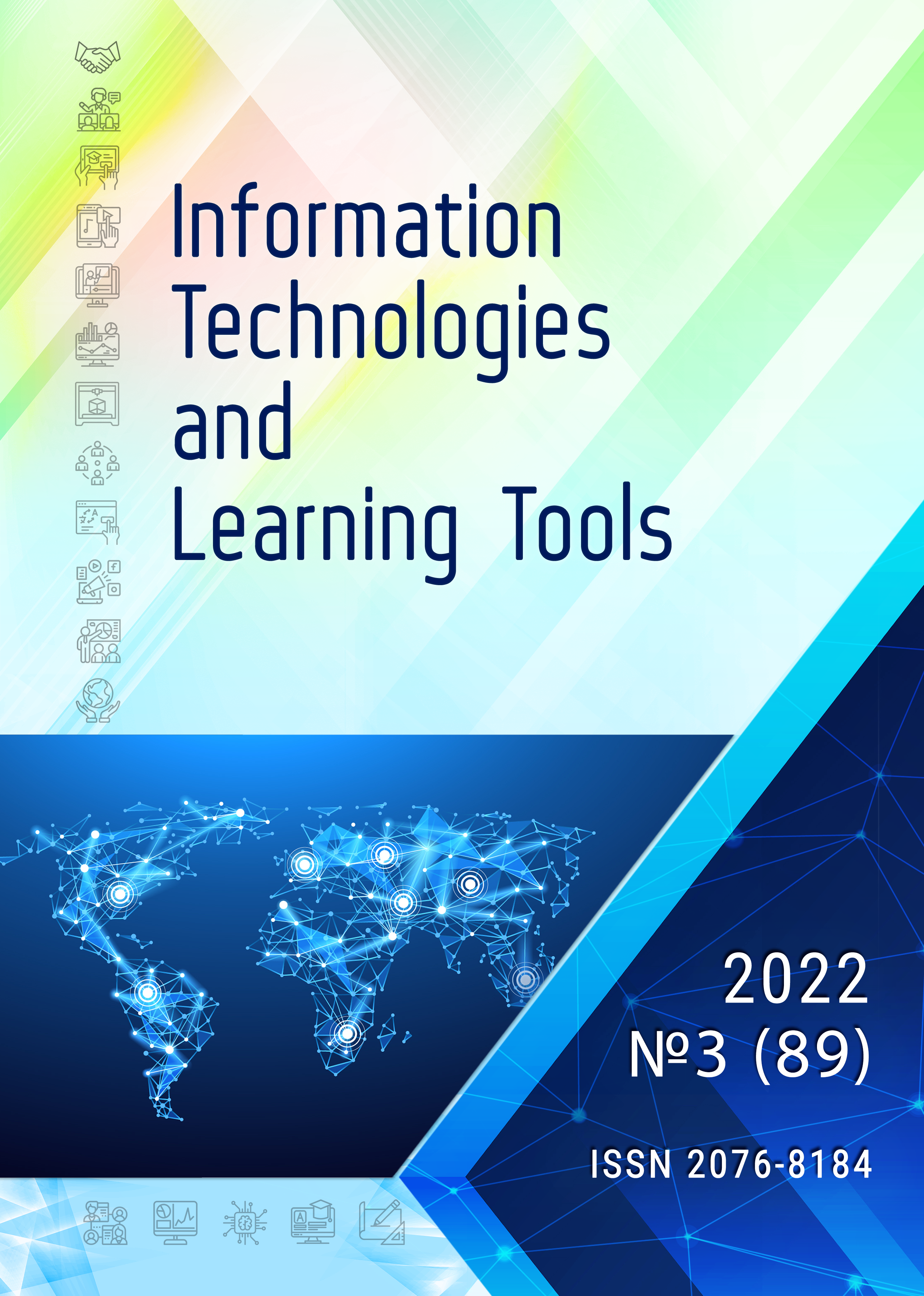Abstract
Revising the way we organize the teaching activities is never an easy task even under normal circumstances, and when the state of emergency and the use of digital technology are added to the mix, the situation becomes even more complicated. During this process, it is easy to forget that although the content of teaching remains the same, the ways of delivering that content will change. Accustomed to synchronous, direct communication in a traditional classroom, we are now faced with asynchronous channels and a modular approach to teaching with the help of digital tools that are (un)known to us and which, despite their apparent value, present barriers to teaching and learning for various reasons such as Internet access, digital skills, adequate equipment, and economic and social status. Despite the development of digital technology and the exponential growth of digital applications and tools that have paved the way for online education worldwide in recent years, our emergency response to the pandemic indicates the lack of readiness of educational institutions for this type of change. Therefore, the paper examines how university teachers perceive the emergency remote teaching imposed on them from March to September 2020 due to the COVID-19 pandemic.
The research problem of this study concerns the affective attitudes of the lecturers at the University of Priština in Kosovska Mitrovica towards emergency remote teaching. Namely, the authors are set with the task of investigating how teachers perceive the new reality and how they have managed to acclimate to emergency remote teaching. For the purposes of this study, three major schools at the University were selected: the Faculty of Philosophy, the Faculty of Arts, and the Faculty of Medicine. The three schools represent the bulk of the University academic offer: sciences, humanities, and arts. The data is compiled by means of a survey, while the respondents are selected by the convenience sampling technique. The aim of the study is to present the analysis of the data obtained in order to develop a future training programme for university lecturers in principles and practices of the distance education and to improve the emergency response of the higher education institutions as a whole.
References
C. B. Hodges, S. Moore, B. B. Lockee, T. Trust, and M. A. Bond, “The difference between emergency remote teaching and online learning,” 2020.
A. Sun and X. Chen, “Online education and its effective practice: A research review.,” Journal of Information Technology Education, vol. 15, 2016.
D. R. Garrison, T. Anderson, and W. Archer, “Critical thinking, cognitive presence, and computer conferencing in distance education,” American Journal of distance education, vol. 15, no. 1, pp. 7–23, 2001.
D. R. Garrison and J. B. Arbaugh, “Researching the community of inquiry framework: Review, issues, and future directions,” The Internet and higher education, vol. 10, no. 3, pp. 157–172, 2007.
F. Ke, “Examining online teaching, cognitive, and social presence for adult students,” Computers & Education, vol. 55, no. 2, pp. 808–820, 2010.
R. M. Branch and T. A. Dousay, “Survey of instructional design models. Association for Educational Communications & Technology,” Indiana: AECT, 2015.
J. Whalen and T. Trust, “Should teachers be trained in emergency remote teaching? Lessons learned from the COVID-19 pandemic,” Journal of Technology and Teacher Education, vol. 28, no. 2, pp. 189–199, 2020.
S. Craig Rush, A. Partridge, and J. Wheeler, “Implementing emergency online schools on the fly as a means of responding to school closures after disaster strikes,” Journal of Educational Technology Systems, vol. 45, no. 2, pp. 188–201, 2016.
F. Ferri, P. Grifoni, and T. Guzzo, “Online learning and emergency remote teaching: Opportunities and challenges in emergency situations,” Societies, vol. 10, no. 4, p. 86, 2020.
L. J. Rodríguez-Muñiz, D. Burón, Á. Aguilar-González, and L. Muñiz-Rodríguez, “Secondary Mathematics Teachers’ Perception of Their Readiness for Emergency Remote Teaching during the COVID-19 Pandemic: A Case Study,” Education Sciences, vol. 11, no. 5, p. 228, 2021.
M. A. Gabriel and K. J. Kaufield, “Reciprocal mentorship: An effective support for online instructors,” Mentoring & Tutoring: Partnership in Learning, vol. 16, no. 3, pp. 311–327, 2008.
R. Moralista and R. M. Oducado, “Faculty perception toward online education in higher education during the coronavirus disease 19 (COVID-19) pandemic,” Available at SSRN 3636438, 2020.
C. M. Toquero, “Emergency remote education experiment amid COVID-19 pandemic,” IJERI: International Journal of Educational Research and Innovation, no. 15, pp. 162–176, 2021.
P. J. Vollbrecht, K. A. Porter-Stransky, and W. L. Lackey-Cornelison, “Lessons learned while creating an effective emergency remote learning environment for students during the COVID-19 pandemic,” Advances in physiology education, vol. 44, no. 4, pp. 722–725, 2020.
J. Salayo, J. E. Fesalbon, L. C. Valerio, and R. A. Litao, “Engagement and Satisfaction of Senior High School Teachers and Students during the Emergency Remote Teaching (ERT),” Studies in Humanities and Education, vol. 2, no. 1, pp. 19–34, 2021.
A. V. Alvarez Jr, “The phenomenon of learning at a distance through emergency remote teaching amidst the pandemic crisis.,” Asian Journal of Distance Education, vol. 15, no. 1, pp. 144–153, 2020.
C. Major, “Do virtual professors dream of electric students? University faculty experiences with online distance education,” Teachers College Record, vol. 112, no. 8, pp. 2154–2208, 2010.
A. Bozkurt and R. C. Sharma, “Emergency remote teaching in a time of global crisis due to Corona Virus pandemic,” Asian Journal of Distance Education, vol. 15, no. 1, pp. i–vi, 2020.

This work is licensed under a Creative Commons Attribution-NonCommercial-ShareAlike 4.0 International License.
Copyright (c) 2022 Даніела Куліч, Аніта Янкович


